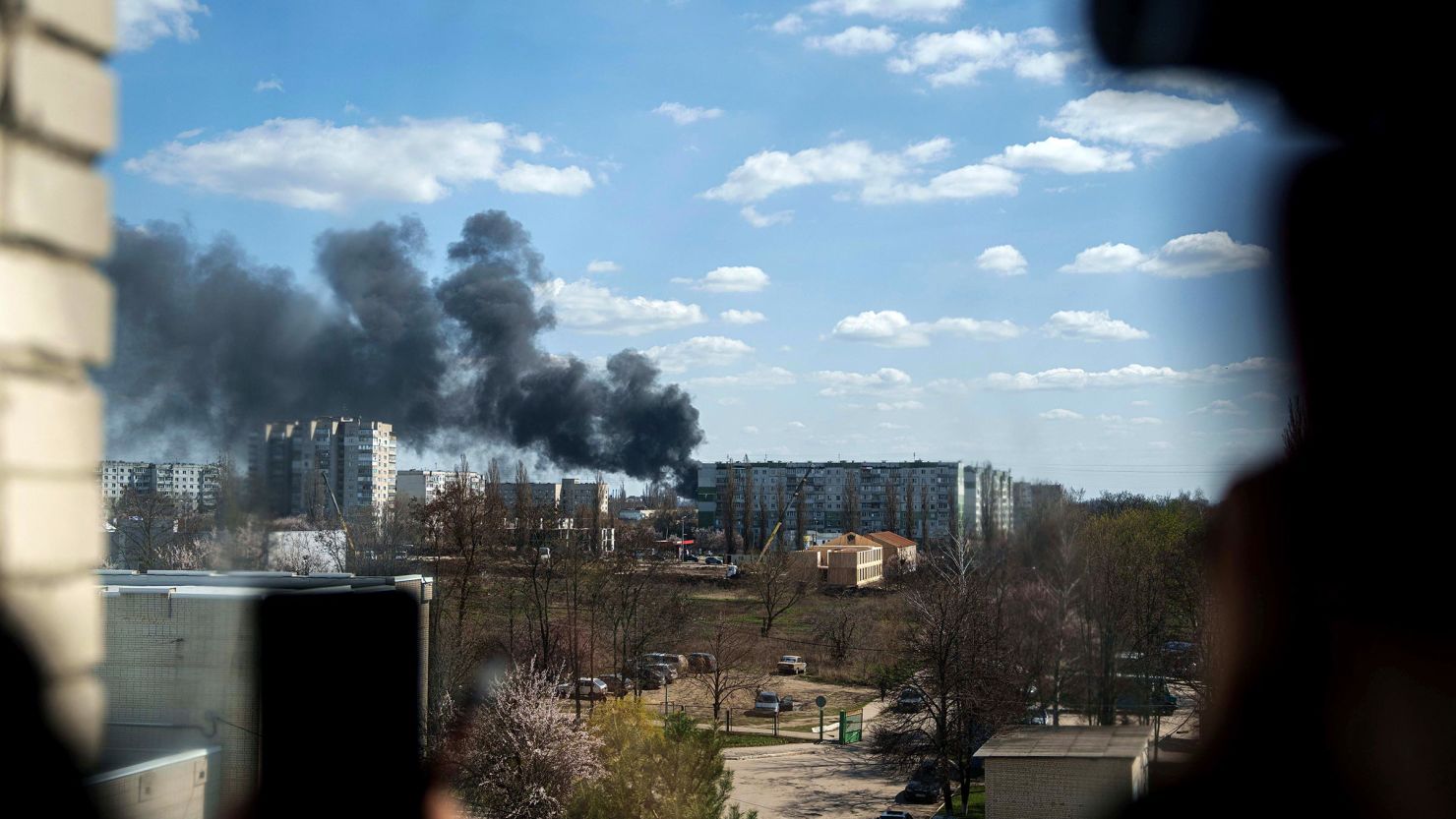As 2025 unfolds, Ukraine remains at the center of global political, economic, and security discussions. With its war against Russia grinding into its third year, Ukraine’s future by the end of 2025 is a subject of intense international speculation. What lies ahead — a fragile peace, continued war, or a new geopolitical alignment?
Here’s what we can realistically expect based on current trends and emerging developments:
1. War or Peace? A Complex Military Stalemate
While Ukraine has made significant military advances in previous years, 2025 began with a stalemate on many fronts. Neither Ukraine nor Russia has achieved a decisive breakthrough, and most analysts believe the conflict may continue in a low-intensity form through the rest of the year.
However, several possible scenarios could shift the situation:
- Peace negotiations: Secret diplomatic backchannels are reportedly open, especially with pressure from war-fatigued populations and global economic instability.
- Western support: Continued U.S. and European military aid, though now subject to greater scrutiny and debate, is essential. A pullback or political shift in these countries could weaken Ukraine’s position.
- Russian domestic challenges: Economic stagnation and political discontent in Russia may pressure the Kremlin into recalibrating its ambitions.
Despite battlefield uncertainty, most experts agree that Ukraine will continue to exist as a sovereign state — though potentially with frozen or contested territories.
2. The Economy: Rebuilding Amid Ruins
Ukraine’s economy, while devastated by war, has shown surprising resilience. By the end of 2025, reconstruction programs are expected to accelerate, especially if major international donors follow through with pledged funding.
Key economic trends to watch:
- Foreign investment: Infrastructure, defense tech, and agriculture remain high-potential sectors — if investor confidence can be restored.
- EU accession: Ukraine’s EU candidacy continues to gain momentum. Reforms in governance, rule of law, and anti-corruption will remain central to its progress.
- Inflation and currency stability: These remain fragile, especially if foreign reserves dip or IMF programs stall.
3. Geopolitical Realignment
By late 2025, Ukraine is likely to be even more integrated with Western institutions, both symbolically and practically:
- NATO cooperation: While full membership remains unlikely this year, Ukraine’s interoperability with NATO forces has never been stronger.
- EU integration: New benchmarks could be achieved, though full membership remains a multi-year process.
- Decoupling from Russia: Ukraine’s energy and trade links with Russia have largely been severed and are unlikely to be restored in the near future.
4. Humanitarian and Social Outlook
The toll of war — millions displaced, thousands of lives lost, and generations impacted — will continue to shape Ukraine’s societal outlook.
- Refugee return: If the security situation improves, 2025 may see a gradual return of displaced Ukrainians.
- Mental health crisis: PTSD and trauma-related conditions are rising among both civilians and soldiers.
- National identity: Paradoxically, the war has forged a stronger, more unified Ukrainian identity than at any point in the country’s post-Soviet history.
Final Thoughts: Resilience Amid Uncertainty
By the end of 2025, Ukraine will likely remain a country defined by resilience. The war may not be over, and political or territorial outcomes may still be unresolved, but Ukraine’s determination to preserve its sovereignty and rebuild its future is unlikely to fade.
While a clear victory or peace deal remains elusive, Ukraine’s survival and continued westward shift seem assured. What remains uncertain is how long the suffering must continue — and whether the world will stay committed to supporting it through what comes next.











